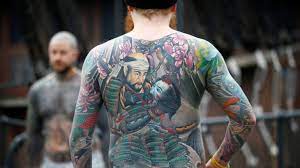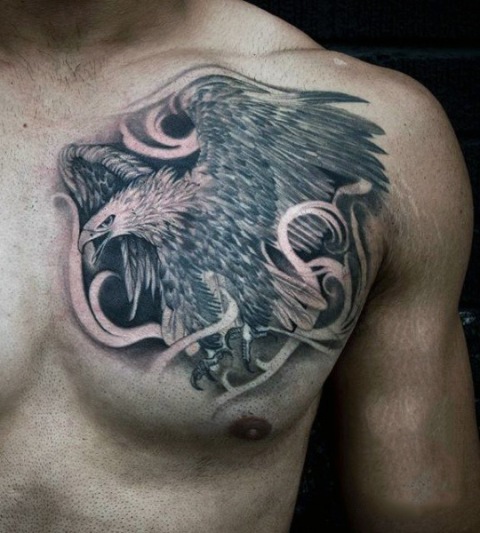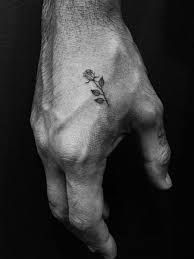
Tattoos are an increasingly popular form of body art. From primary initials to intricate full sleeves, Tattoos provide a unique opportunity for self-expression. They allow individuals to showcase their passions, such as music, nature, or superheroes, in ways other media forms may not qualify.
Tattoo culture is gaining popularity, but it still carries some stigma in the workplace. However, this perception is gradually changing.
Tiki Design
Tiki’s artwork is closely associated with Polynesian culture. It is characterized by distinct features like big eyes and nostrils, an open mouth, and a hand ready to grab weaponry. These traits create a sense of danger and protection. Warriors often display Tiki designs on their backs, a popular spot.
Full sleeves offer tattoo artists a large canvas to create stunning Tiki designs. These designs can range from colorful neo-traditional styles to black tribal work, all of which look incredible. By incorporating cultural elements like palm fronds and feathers, these tattoos create dramatic and powerful looks on the body. The chest is another popular location for full-sleeve tattoos, often making a bold statement.
Sugar Skulls
Sugar skulls are beloved symbols of transience that frequently appear in cultural tattoos. They remind us to live life to the fullest and constantly remind us that beauty fades with age. Sugar skulls encourage us to appreciate inner beauty over superficial appearances.
The Day of the Dead is an annual commemoration of deceased relatives and loved ones. During this celebration, people honor them by decorating sugar skulls with flowers, hats, and adornments and writing their names on their foreheads. Colorfully painted figures often represent joyous spirits, with each color symbolizing different meanings.
Plants
In many indigenous cultures, tattooing is not merely an artistic or aesthetic practice but has ceremonial significance. Tattoos symbolize tribal solidarity genealogy and can mark critical transitional stages in young women’s lives. In some cases, permission may be required for specific individuals, such as priestesses, female aristocrats, healers, or shamans, to receive tattoos.
Floral tattoos have become increasingly popular for expressing affinity with nature visually. Different flowers carry various meanings, depending on individual taste. For example, calla lilies symbolize beauty, while lotus flowers embody body, speech, and mind purity. Cacti are also enduring symbols, representing endurance and strength. A cactus tattoo can remind you to stay strong during challenging times.
Moon
The moon is an iconic tattoo representing night, time, and inner meanings. Whether paired with the sun to symbolize yin and yang or standing alone as a symbol of immortality or enlightenment, moon Tattoos carry significant symbolism. Colored moon tattoos featuring intricate dot work for shading look beautiful on any skin tone. Adding leafy foliage and symbols of nature, like trees, further enhances the tattoo’s meaning, symbolizing how nature can help us overcome life’s challenges.
Bear Claw
Tattoos have become a popular way for people to express themselves, religiously or culturally, through body art. While some may express concern about their increasing popularity, tattoos are now a part of culture and society, reshaping social boundaries and gender dynamics.
Tattoos have a long history in Asian culture and were often used to identify criminals or prisoners. Confucius criticized tattoos as barbaric, indicating an absence of filial respect. Western nations saw increased tattoos during the 19th century, influenced by Polynesian sailors docking at Western ports, who used tattoos to showcase their masculinity and military status.

